Sharks often dominate our fears of the animal kingdom, yet statistically, they are responsible for relatively few human fatalities annually.
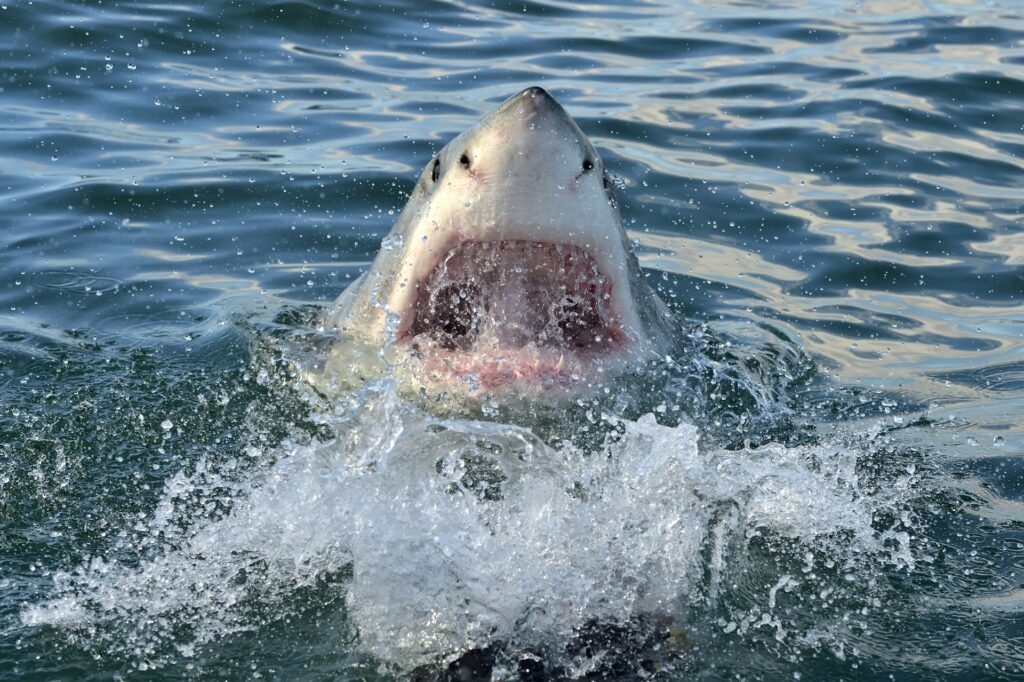
The media portrayal of sharks, bolstered by films and sensational headlines, has cemented them in the public imagination as relentless killers. However, data paints a very different picture. Globally, sharks account for only a handful of human deaths each year. In contrast, several other animals, many of which live much closer to us, pose a much greater threat to human life.
Mosquitoes – 725,000 to 1,000,000 deaths per year
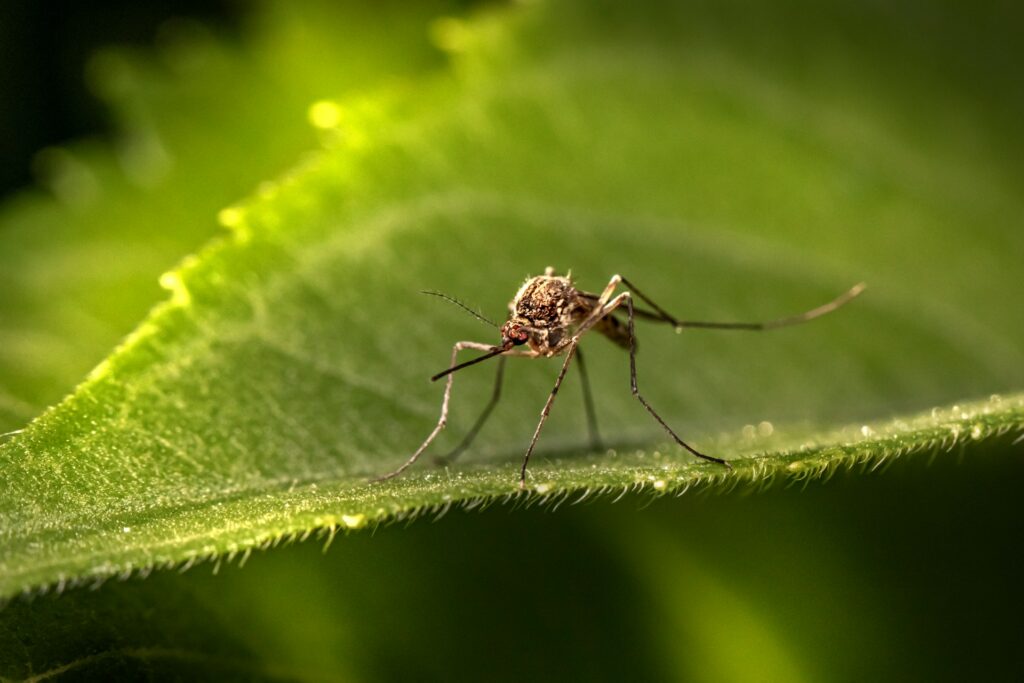
Despite their diminutive size, mosquitoes are by far the deadliest animals to humans. These tiny insects are vectors for some of the most dangerous diseases in the world, including malaria, dengue fever, Zika virus, yellow fever, and chikungunya. Malaria alone causes hundreds of thousands of deaths annually, particularly in sub-Saharan Africa.
In addition to spreading disease, mosquitoes adapt quickly to urban environments, thrive in standing water, and are increasingly resistant to insecticides. Their ability to breed rapidly and move silently makes controlling their populations a continuous challenge for public health agencies.
Snakes – 50,000 to 138,000 deaths per year
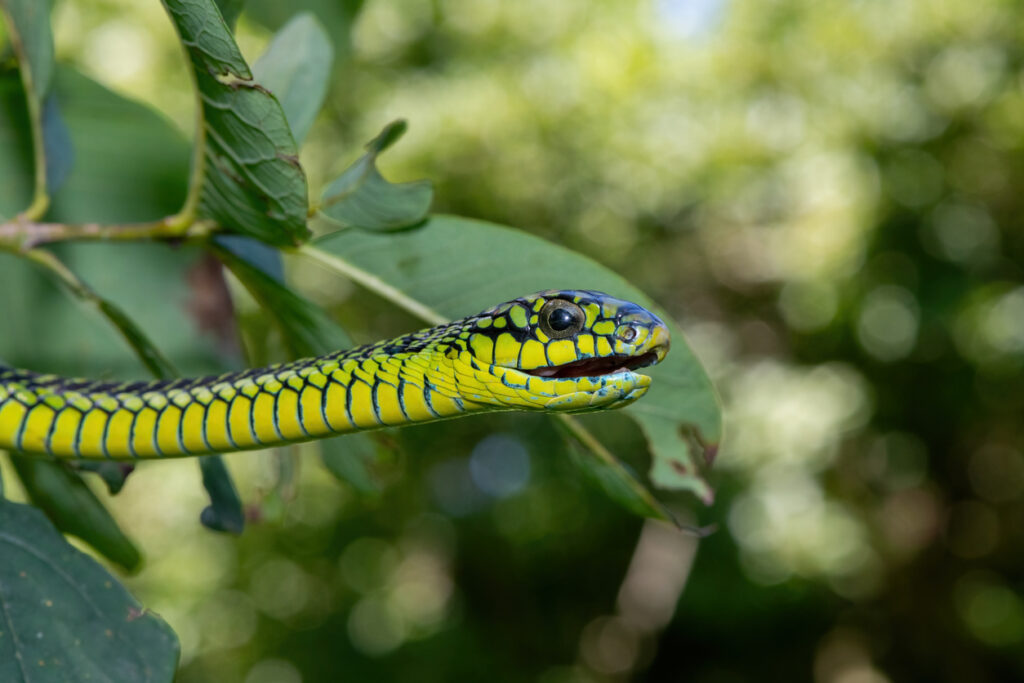
Snakebites are a serious public health issue in rural parts of Asia, Africa, and Latin America. Many of these deaths go unreported, which is why estimates vary so widely. The most dangerous species include the Indian cobra, the saw-scaled viper, and the black mamba.
Access to antivenom remains limited in many regions, and delayed treatment often leads to fatalities or life-altering complications. The World Health Organization has recognised snakebite envenoming as a neglected tropical disease, underlining the urgent need for investment in prevention and treatment.
Dogs (primarily due to rabies) – Approximately 59,000 deaths per year

While dogs are beloved companions in many parts of the world, they are also a major vector for rabies, particularly in developing countries. Rabies is almost always fatal once symptoms appear, but it is entirely preventable with timely post-exposure prophylaxis.
Most rabies deaths are the result of dog bites in regions without widespread vaccination or access to affordable medical care. International campaigns promoting dog vaccination have helped reduce cases, but the problem remains persistent in parts of Africa and Asia.
Crocodiles – Approximately 1,000 deaths per year
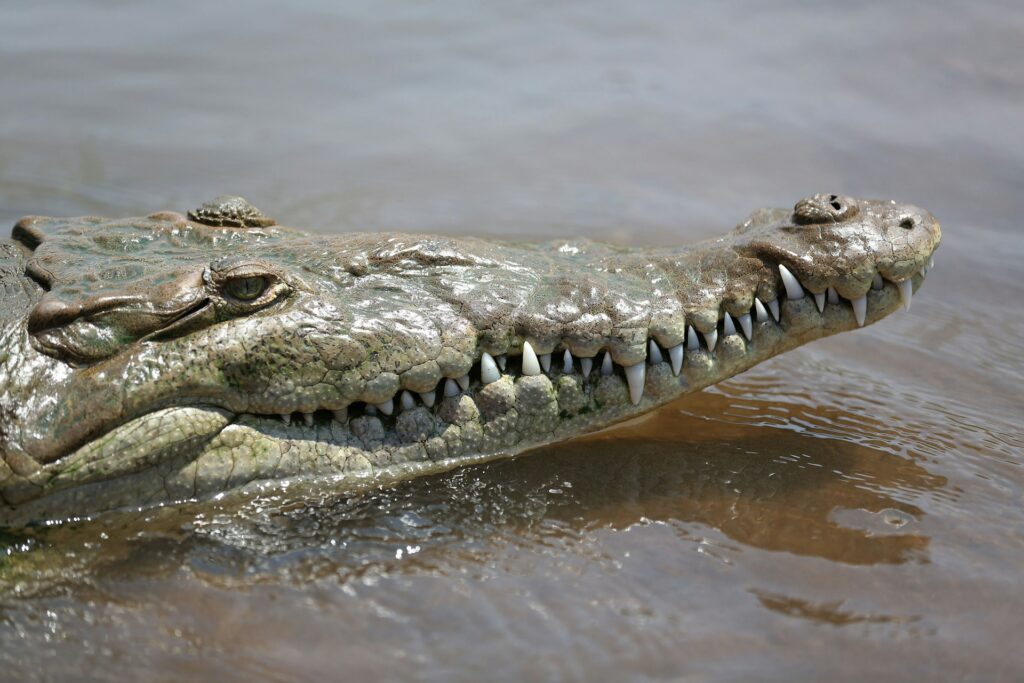
Crocodiles are one of the most aggressive large animals that regularly come into conflict with humans. These powerful reptiles are found in freshwater rivers, lakes, and marshes across Africa, Asia, Australia, and the Americas. Attacks are most common in rural areas where people fish or bathe in crocodile-infested waters.
The Nile crocodile, in particular, has a fearsome reputation, and some estimates suggest it may be responsible for hundreds of deaths annually. Unlike many predators, crocodiles often view humans as legitimate prey.
Elephants – Approximately 500 deaths per year
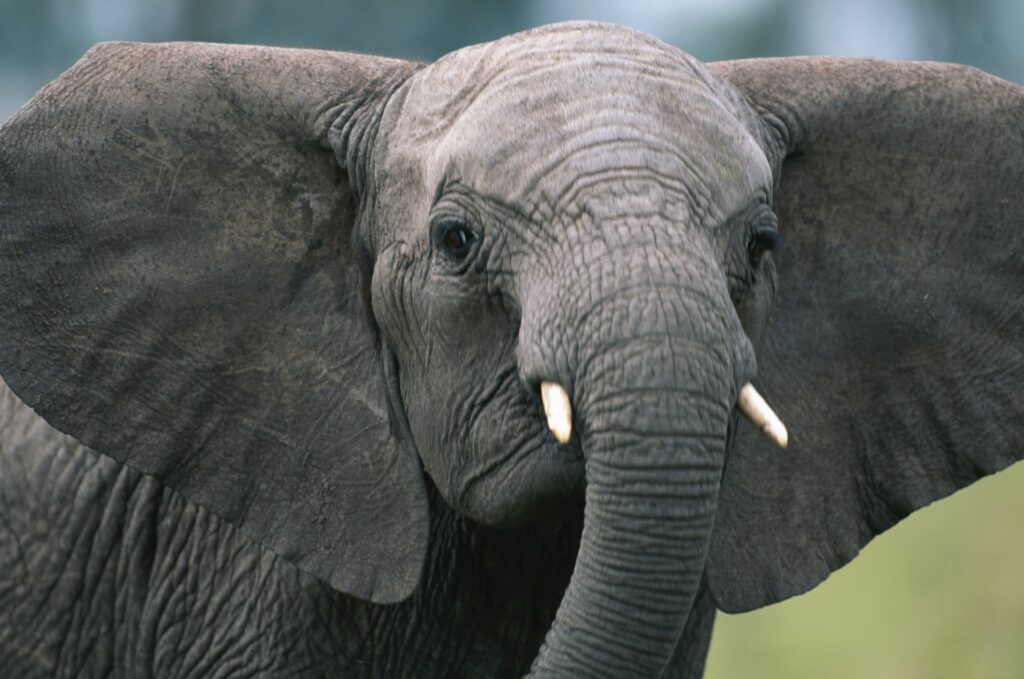
Elephants are intelligent and generally peaceful animals, but they can become extremely dangerous when threatened or provoked. Human-elephant conflicts are on the rise, especially in regions where expanding agriculture encroaches on elephant habitats.
Incidents often occur when elephants raid crops or wander into villages. Given their size and strength, these encounters can be fatal. India alone reports hundreds of deaths each year from elephant encounters.
Hippopotamuses – Approximately 500 deaths per year
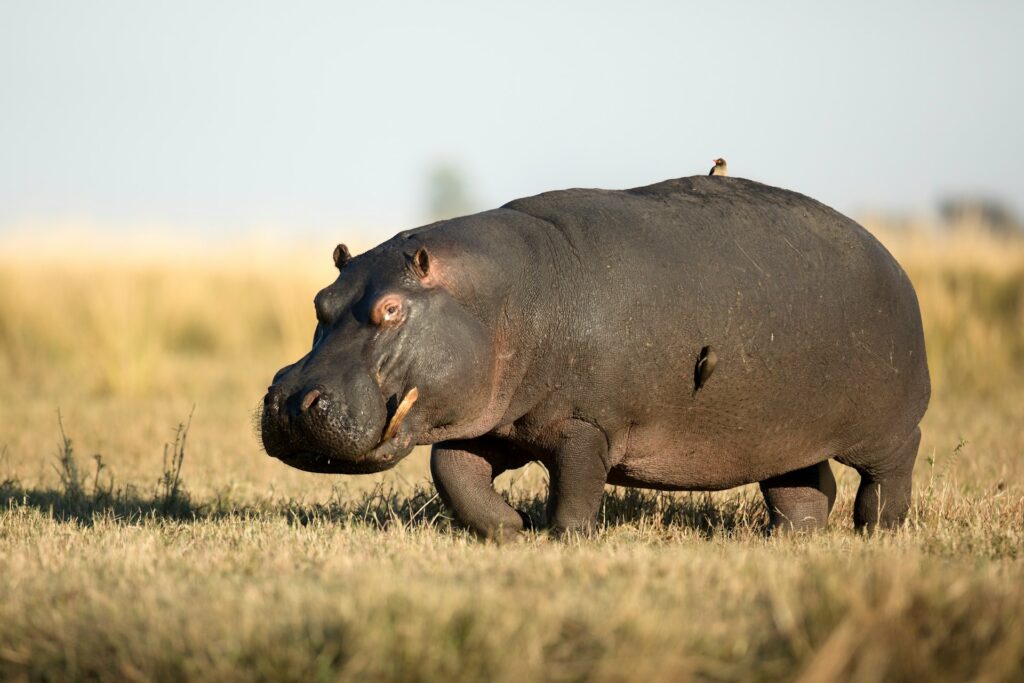
Despite their somewhat comical appearance, hippos are one of the most dangerous animals in Africa. Extremely territorial and easily agitated, they have powerful jaws and can charge at speeds of up to 20 miles per hour. Many deaths occur when boats or fishermen stray too close to hippos in rivers or lakes. Their size, speed, and aggression make them unpredictable and lethal.
Bees, Wasps, and Hornets – Approximately 56 deaths per year in the U.S.
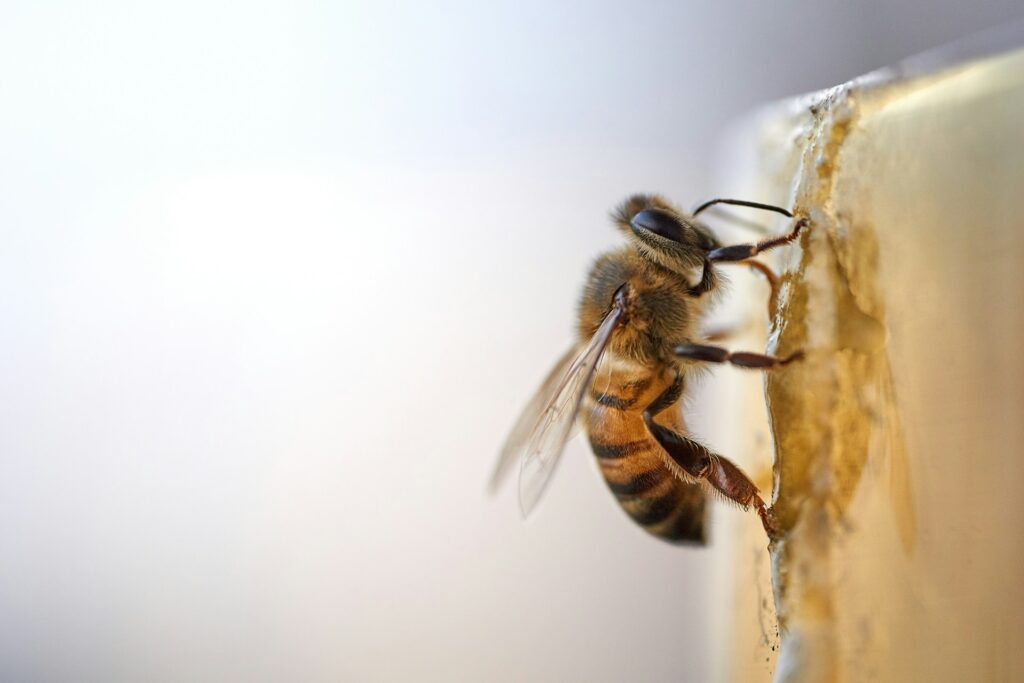
Stings from these insects can cause fatal allergic reactions, known as anaphylaxis. In countries like the U.S., they are among the deadliest animals in terms of annual fatalities. While the numbers might seem small, they consistently outpace shark-related deaths.
With climate change expanding their range and encouraging the spread of invasive species like the Asian hornet, the threat from stinging insects is likely to increase.
Cows – Approximately 20 deaths per year in the U.S.

Though they are domesticated, cows are responsible for dozens of human deaths annually, particularly in agricultural settings. Fatal incidents typically involve kicks, crushing, or being trampled. Bulls are particularly dangerous, but even dairy cows can become aggressive when protecting calves.
These deaths often occur in otherwise routine farm work, underscoring how proximity to large animals always carries risk.
Horses – Approximately 20 deaths per year in the U.S.
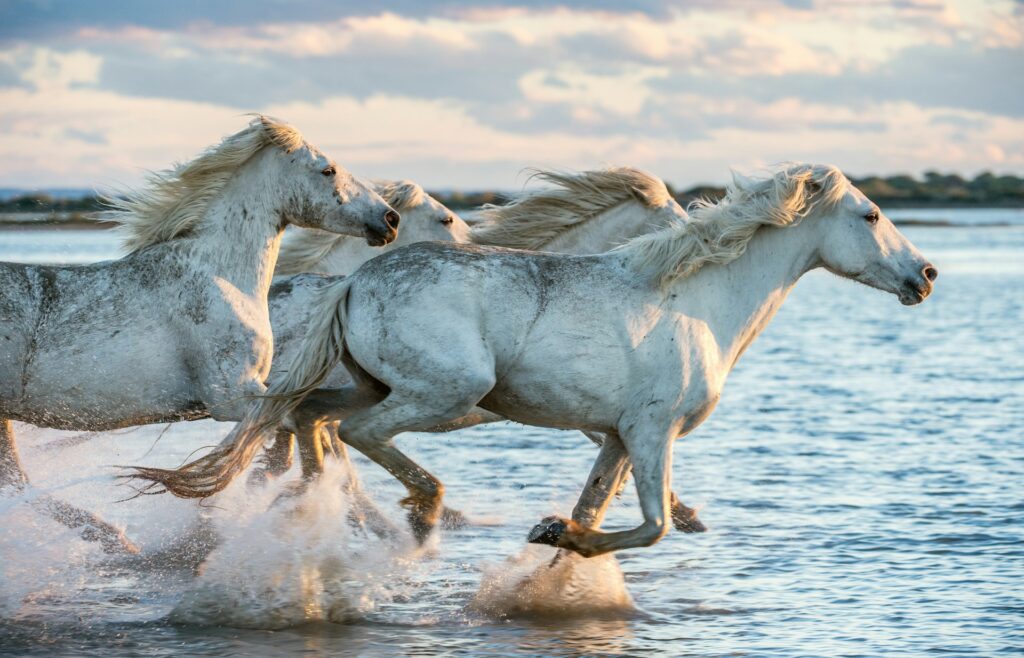
Horses are powerful animals that can cause serious injury through kicks, bites, or falls. Most horse-related deaths involve riders or handlers who suffer traumatic brain injuries or internal injuries following accidents.
While safety equipment has improved outcomes in equestrian sports, fatal accidents remain a concern, especially among less experienced riders.
Deer – Approximately 130 deaths per year in the U.S.
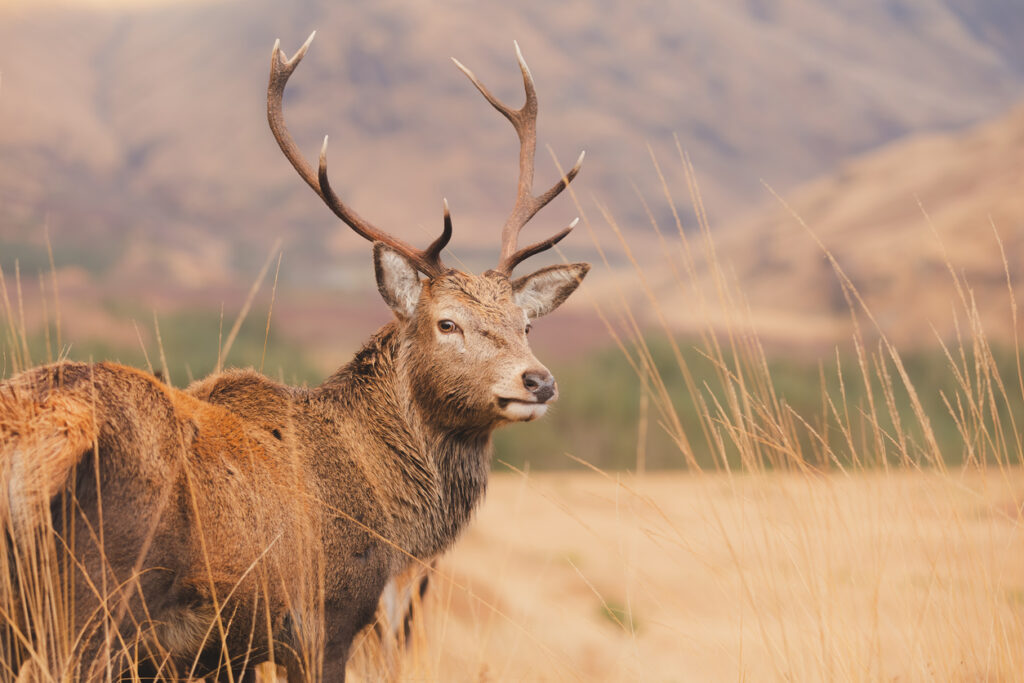
Most deer-related fatalities result from vehicle collisions, particularly during mating season when deer are more active and unpredictable. These incidents are most common in rural or suburban areas and can be fatal to both the deer and the vehicle occupants.
The economic impact is also significant, with deer-related accidents causing millions in property damage annually.
Sharks – Approximately 5 deaths per year globally
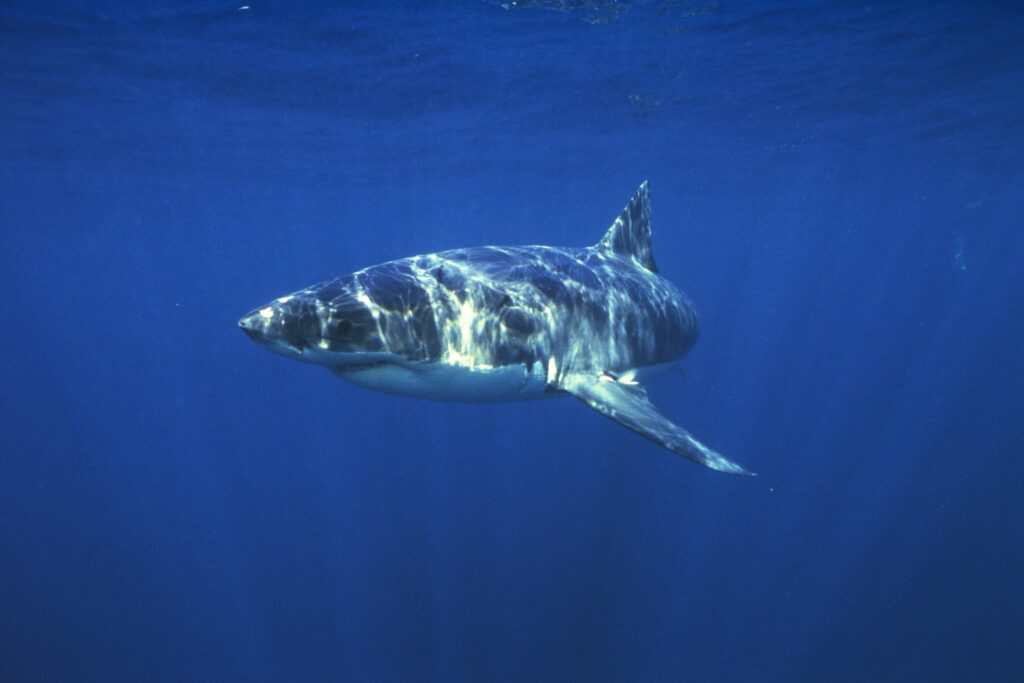
Despite the fear they inspire, sharks are responsible for only around five human deaths globally per year. Most incidents are the result of mistaken identity—typically surfers or swimmers in murky water. The vast majority of encounters are non-fatal, and many shark species are now endangered due to overfishing.
It’s easy to fear what we don’t understand, and sharks have long suffered from their reputation as mindless killers.
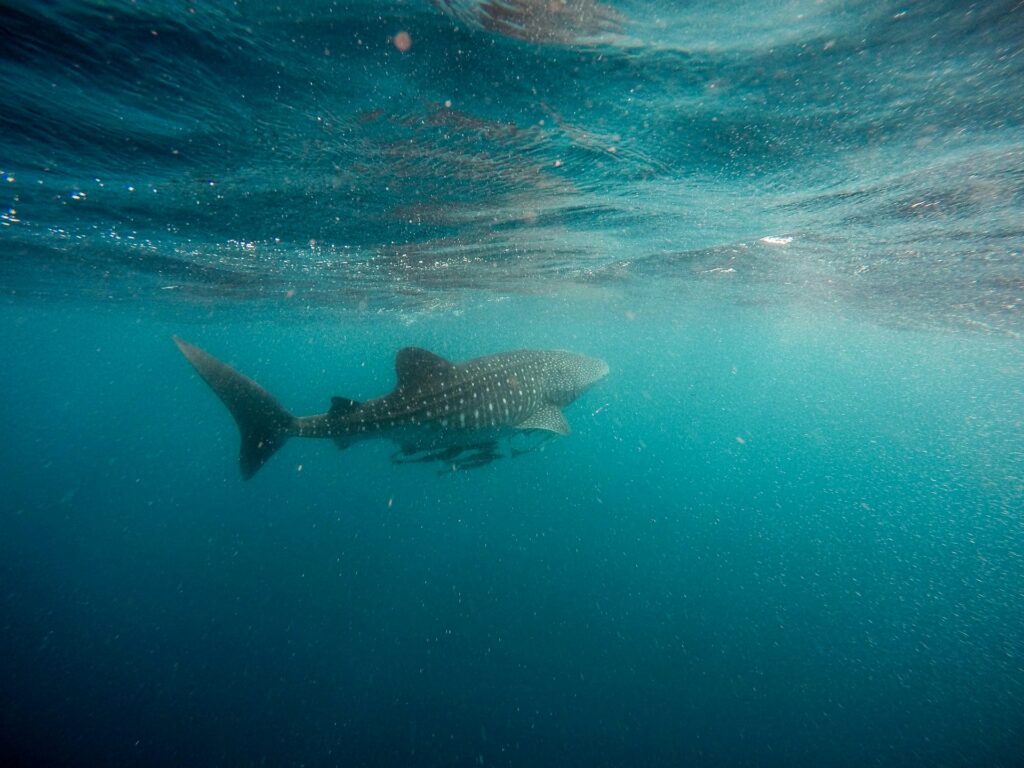
However, as the data shows, the real threats are often closer to home, sometimes buzzing in our ears or grazing quietly in a nearby field. Reframing our understanding of animal danger not only helps reduce misplaced fear, it also highlights where human safety efforts and conservation priorities should be focused. In most cases, the most dangerous animals to humans are not predators but disease carriers, territorial defenders, or domesticated giants we wrongly assume are harmless.
Being informed is the first step toward staying safe—and appreciating the natural world for what it truly is: complex, surprising, and worthy of a closer look.